Mamiya 7 by Garry Taylor
When I bought my first camera, just a year ago, I could never have guessed that buying a simple digital camera would lead me to where I am now. My Sigma DP-1 is a great camera, which I still use, but after my first trip away with it, I decided I wanted more. Much research and discussion later, I ended up with a beautiful Zeiss Ikon 35mm film camera. This camera has served me very well, and I of course continue to use it. However, in recent months I have thought more and more about making large prints, larger than 35mm film will comfortably enlarge to. Consequently, now I was considering medium format film. Steve’s excellent write up of the Fujifilm GF670 made me set on getting such a camera, or a similar one at least. Yet more research and consideration was had before settling on the Mamiya 7 range finder camera. In principle, the Mamiya 7 is similar to both the Zeiss Ikon and GF670. All three are range finders, all film, all have manual controls, but with a pleasant amount of automation (Aperture Priority, built-in meter). The GF670 is every bit as aesthetically pleasing as the Ikon, but it was that, perversely, eventually made me decide against it. It’s chrome body and leather bellows look about as good as an inanimate object can, but I wanted to blend into the crowd. The GF670 is about as anonymous as walking around sans clothes on my lower half. Since buying, I’ve seen a Bessa III (same as GF670) “in the flesh”, and all in black, it is far less eye catching (in a good way), but still every bit as desirable.
To cut a long and potentially dull story short, I now own a Mamiya 7 and a 65mm lens. On a 6×7 negative, 65mm is more like 32mm on 35mm film, so the 65mm is a wide-normal lens. The 80mm lens on the GF670 (or on Mamiya 7, if you so choose) is more like a 39mm lens on 35mm, just a little long for me as an every day lens.
On holding the Mamiya 7 for the first time, I consider it to be a reasonable size for what it is. I’d seen them in shop windows before, so was ready for it to be a considerable size. It’s big, but if you’re used to full frame DSLRs, it will seem reasonable. This size of course is a trade off for image quality, a 6×7 negative has about 4.3 times the film area of 35mm film, which should make for startlingly more resolution and detail.
Getting started
First – load a film! This was easy, as thankfully, it is almost precisely the same as loading the GF670, and I had watched the video by Steve on this very topic. I had my first roll loaded in no time, and was ready to shoot.
It is often said that the Mamiya 7 takes amazing photos, but the build quality of the camera is only so-so. My first impression of the camera leads me to believe this is true. The knobs and dials do not feel as good as the Ikon, and the viewfinder is certainly not as crisp and clear. The focus patch however is very clear, maybe more so than the Ikon.
On attempting to set the shutter speed dial to “A”, I found it would not move. A little experimentation later, I find you have to push down a little button before the dial will move. This places the Mamiya 7 behind the Ikon in usability in my eyes. AEL mode is on this shutter speed dial too, so it’s not a quick button press like on the Ikon, or most other cameras. I can see using this camera will be slower than using my Ikon. This is not a deal breaker for me, with just 10 shots to a roll, it’s probably a good idea to slow down anyway.
Operation is otherwise as you expect, on half pushing the shutter release, we can see exposure details at the bottom of the finder, again, this is not as clear as on the Ikon, and the text is very small. It’s all perfectly adequate, but users of other range finders may be disappointed.
Out and about
My first few rolls of film will all be spent around Central and East London, again, with only 10 shots to a roll of film, I find myself using a far more critical eye and far more reluctant to shoot than when using 35mm film. On one hand, perhaps this will lead to better photos, on the other maybe I’ll miss out on serendipitous mistakes, and be less likely to bracket for difficult exposure.
As hoped, the camera did not attract too much attention, and with it’s large, chunky handgrip, the Mamiya is easy to walk around with. It’s not a pleasing marriage of leather and chrome like the Ikon, but the 7 has it’s own charms and quirks. The lens is smooth to operate, similar in feel to a Voigtlander lens, I can only compare it to the one Leica lens I own, but the Mamiya lens is every bit as pleasant to use.
Like many medium format lenses, this one is not fast, at just f/4 wide open. The camera itself tops out at 1/500 second shutter speed, so the Mamiya 7 does not excel for low light shooting, nor for blazing sunshine, but for everything else, these specifications will be just fine. For low light, perhaps a faster film will be enough, or a tripod. For midday sun, there is slow film, or a neutral density filter (ND).
Results
For my first outings with the camera, I shot 2 rolls of Portra 160VC, and 2 rolls of Ilford XP2 Super. I followed oft-cited advice to rate the Portra at ISO 100, to over expose by half a stop, and the XP2, I rated the the XP2 at 320, to over expose by around two thirds of a stop. I think the Portra’s colours come out muted and more pleasing when over exposed, particularly skin tones. I think XP2 needs the over exposure less, and would happily shoot it at it’s box speed of ISO 400. None of the shots are intended to win awards, and are just to get a feel for camera and the type of results I can expect.
I have found the results to be significantly sharper, with more pleasing tones than 35mm. The way in which focus changes to and from sharpness is subtly but noticeably different to 35mm.
The Mamiya’s meter is somewhat unpredictable, as it is somewhere between a spot meter and a centre weighted one, but it’s not through the lens, so it’s field of view does not change when your lens does. I would definitely have preferred a TTL meter, or like the GF670, a more “ambient” meter which surveys the whole scene, rather than just a spot. I only got a couple of exposures out of 4 rolls which were badly off though. Note that all pictures are directly as they came back from the lab, no post processing of any kind.
Conclusion
Using the Mamiya 7 is probably a good deal less pleasant than a Zeiss Ikon or Leica M. It is large and a little awkward to use, if you shoot a lot, you’re forever changing film. However the results possible with such a camera by far make up for the inconvenience. Resolution with the right film is higher than even a top end DSLR, with the potential to enlarge to poster size prints. Whether you like the tones and nuances of film vs. digital is a personal choice, but if you like 35mm, you’ll love medium format. The ongoing cost of medium format is quite significantly more than 35mm, and certainly a lot more than digital. The only saving grace is that a medium format film camera is cheaper than a full frame DSLR, and a fraction of the price of a medium format digital solution. Also, many medium format digital solutions max out at low ISO ratings, cannot do exposures beyond 30 seconds, and other limitations not present in film cameras.
The 6×7 format is quite square, and maybe takes a bit of getting used to. Unlike the GF670, there is no option to shoot 6×6, but there is the option to shoot 35mm panoramas with a moderately priced kit.
With consideration, the Mamiya 7 is probably one of the best camera buys out there, it makes outstanding images, and is very portable. For me, it’s closest competitor is the GF670. At the same price, I’d have gone for the GF670, but it’s anyone’s guess whether that would have been a mistake or not.
[ad#Adsense Blog Sq Embed Image]

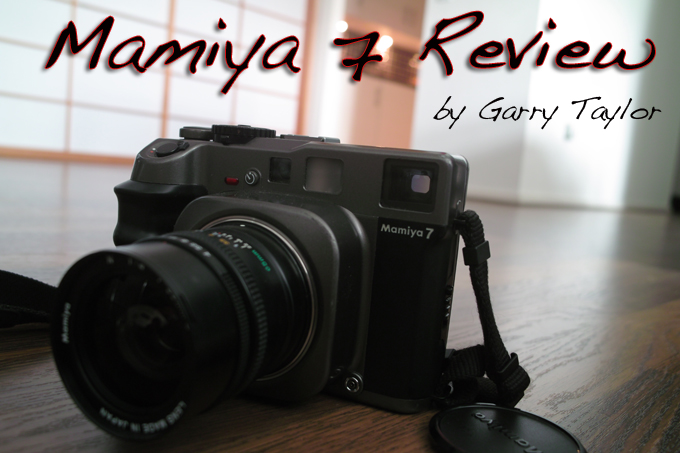
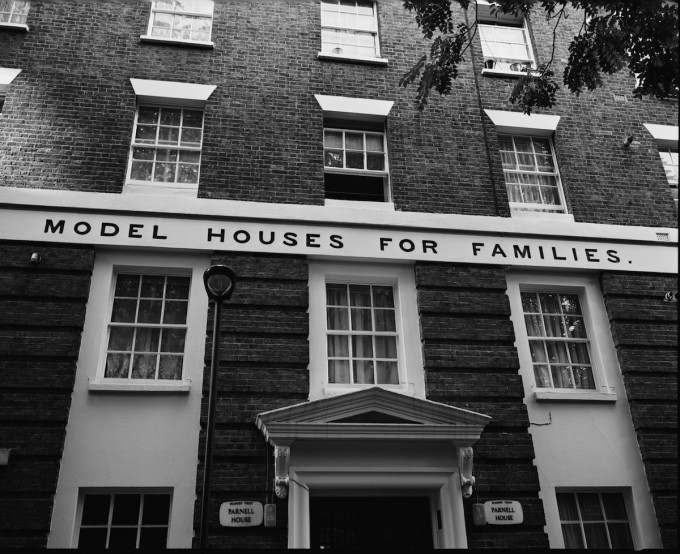
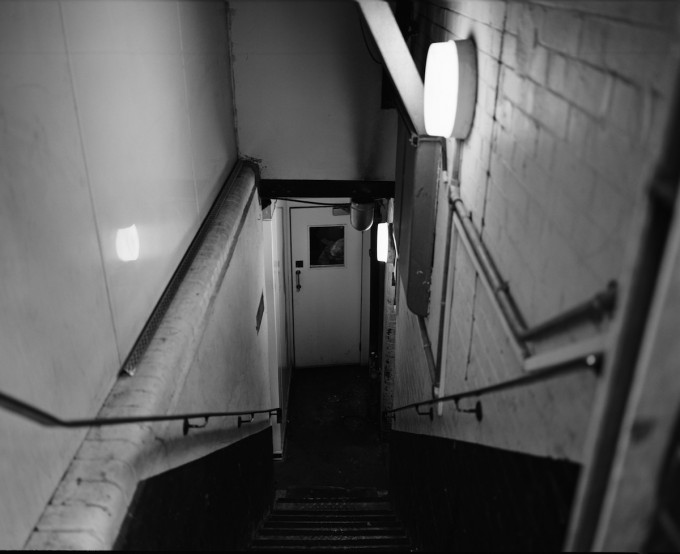
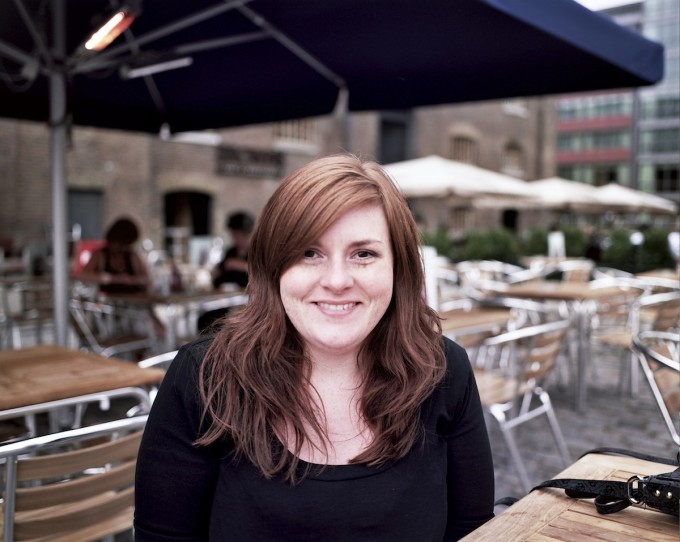
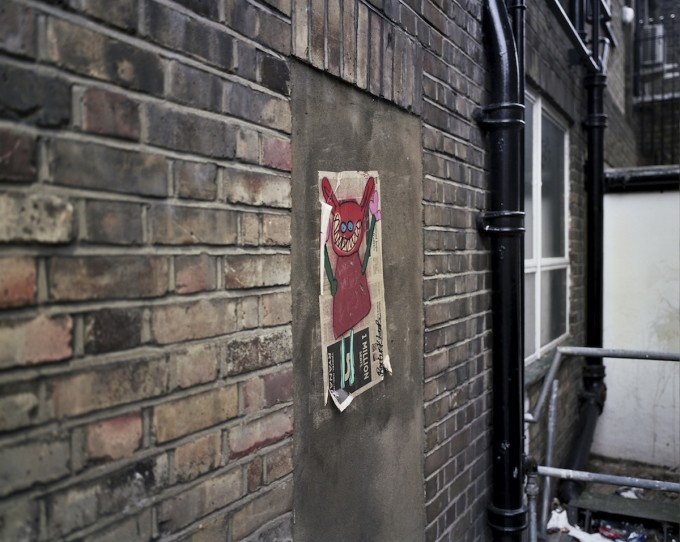
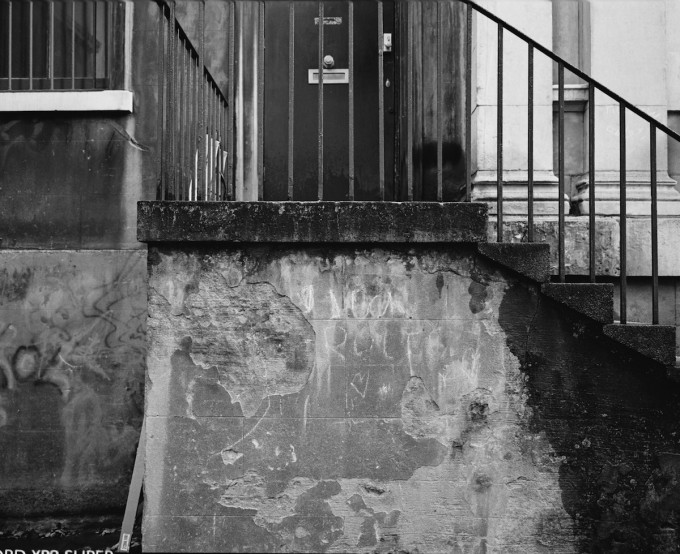


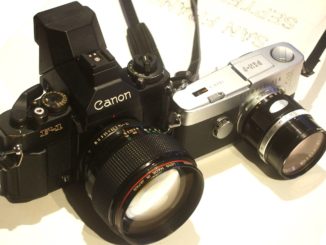
Shooting at F4 or wider, you can only use a maximum of 1/250th on the GF670. That limitation was the deal breaker for me in comparison with the Mamiyas. However, I prefer both the square neg from the Mamaiya 6 and the 2 extra shots per roll compared with the 7.
The electronics have a poor reputation; I wish Mamiya would make a fully mechanical camera adjustable to 6 or 7 format!
I bought one recently.
The best film camera for the serious street photography.
Thanks for the review. I am looking for a compact camera to take with me to “grab” the unexpected have been looking at fuji x100 or perhaps the new x pro 1 , but Mamiya 7 really tags on my heart, but I am afraid of the non digital all manual mistakes and not being able to correct things as you wait a week to se the results. Boy what an internal struggle. Thanks for your input.
I have a Canon 5D, a 1v a Mamiya 7ii and the Mamiya 645AFD with only the film backs. On a recent 4 day holiday to Phuket in Thailand with my wife, I took only the Mamiya 7 (43, 80 and 150mm) and the Canon 1v (50/1.2) – and loads of 135 and 120 film at different speeds. I reckon I took about 20% the number of pictures I would’ve taken had I taken my 5D.
I got back my developed rolls and scans yesterday. Oh boy – what a sensational camera! The sharpness and contrast from the Mam 7 are just out of this world. For street photography, I think it is better than any of the Leicas. If you have one, you find yourself using it more often than any other.
As a new Mamiya 7 owner I always love to see recent articles and information on this amazing camera. I always pick the best tool for the job and if that happens to be digital or film, so be it. I personally find the Mamiya 7 very easy to operate and the images are simply fantastic. I use a Mamiya RZ67 Pro II as well and since I couldn’t really carry the RZ around for hand-held shots that lead me to the rangefinder.
I also looked at the GF670 and since the GF670W (wide angle) was just announced at Photokina, I thought it is best to wait and possibly review that after it is released. I also liked the option of different lenses and then after reading the reviews on the quality of the glass, it was a simply choice for me. I use black and white, color negative and color slide film in the Mamiya 7 with excellent results. I wasn’t sure I trusted the meter at first, so I carried my Sekonic L758DR with me and double-checked my readings. I soon realized that the AEL mode was a great option as I simply scan my scene with AEL, make sure I am not out of range with my exposure values from highlights to shadows and expose accordingly. As a general rule I typically look for the darkest shadow detail that I want in my scene and then stop down 2 steps. This mindset carries over from the Zone System.
I routinely use red, yellow, orange and neutral density filters for effect or to buy me some stop values if needed. I carry the Mamiya 7 with me everywhere now and I really love this camera. I like how it slows me down and makes me think about my objectives before riffling off 9 fps like I do with my Nikon D3S when shooting wildlife or sports. I highly recommend it to anyone that is passionate about traditional photography and I find it to excel in urban, landscape, architecture and candid portrait photography.
Tim
“I carry the Mamiya 7 with me everywhere now and I really love this camera. … I find it to excel in urban, landscape, architecture and candid portrait photography.”
Thank you this comment – a new Mamiya 7II owner – I appreciate your comments!
Thanks
Andrew
Glad you’re enjoying your Mamiya 7. I thought I’d point out that you failed to mention some of the M7’s real strengths!
1. It’s quieter than a Leica.
2. Outstanding medium format lenses, especially in the wide end. All APO designs.
3. Big maybe compared to 35mm, but for medium format it’s downright compact!
4. NO SHAKE! I couldn’t get a sharp picture lower than 1/125th of a second with my Hasselblad, but my Mamiya 7 can be handheld to 1/30th (assuming I haven’t had too much coffee that day). That more than makes up for f4 lenses.
Keep up the good work with it, and for gosh sakes borrow a 50 or a 43mm for a few days. That camera exists for those lenses.
Another cool MF review. Id love to see one of the small autofocus Fuji MF cameras get a review eventually as well, they seem to be a different approach on the same small MF camera tactic.
Thanks for the review. As a regular Mamiya 7 user, I’d like to add that the shutter speed dial only locks into the “A” and “AEL” settings, and moves freely among all others. Mamiya probably wanted to prevent the dial from inadvertently moving into manual mode while the user shoots in auto, so I guess it’s actually a feature, not a bug 😉
This was my thought at first when /i got this camera – its a good idea to separate auto mode from manual mode in order to avoid exposure mistakes.
I believe the Mamiya 6 has an “Ambient” meter compared to the 7, but metering can be a little off if bright sky is allowed to dominate the exsposure. The Mamiya 6 also has a collapsable lens mount too 😉
Nice write up and story. Thank you.
P.s. Ken Rockwell provides excellent info on these two similar cameras.